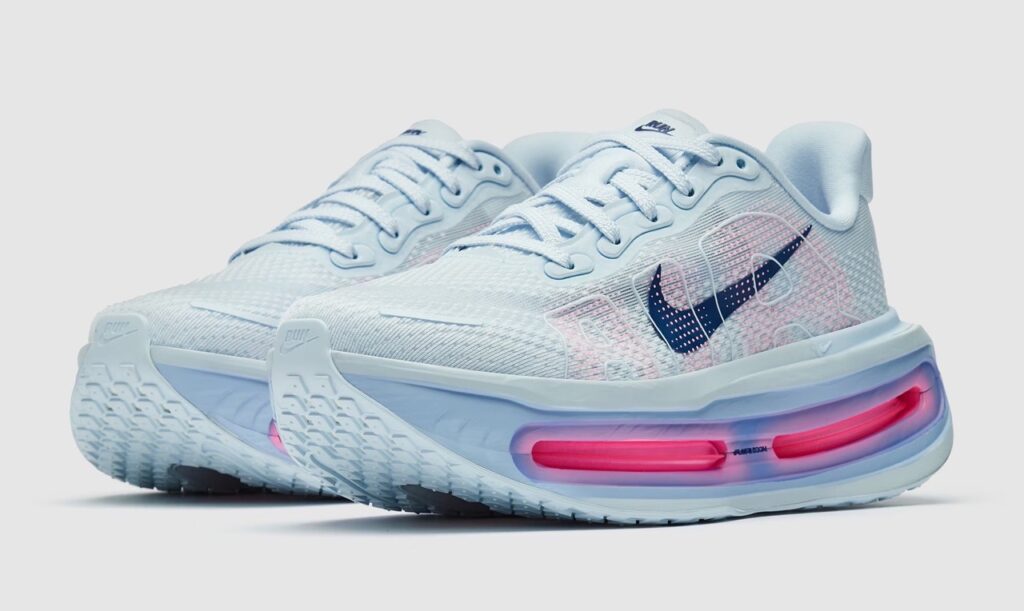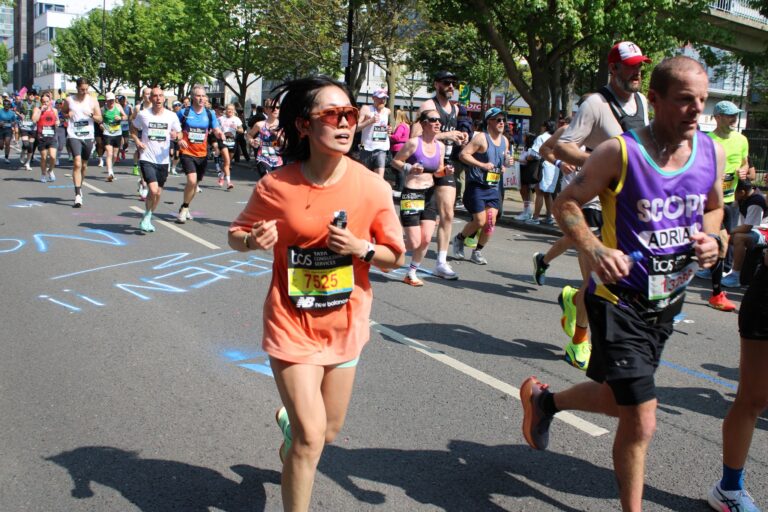


Hi Mike, have you successfully used a negative split strategy in a race? What was your experience? And is it something I should be trying to do in future races?
Peter
Running coach answer: Should I use a negative split strategy in my races?
Negative splits are when you complete the second half of a race faster than the first half. I never did set out to run negative splits. If anything, I went for even effort throughout, which meant a little faster at the start when fresh, but not much faster, so I could maintain that pace, with a little extra effort involved, through to the end. I also always looked at the marathon in terms of the spread of energy over the route – and as each route is different, I planned differently.
In London, there is a significant drop in the first three miles, so I looked to run a bit quicker in that first part, to make use of the gravity gain! In the Commonwealth Games in Brisbane (1982), I toured the route in advance and knew that in the last eight miles, the route took you over some hills through Brisbane University, and then back over the same hills into the finish by Brisbane River. So I planned to come through when others started to feel those hills.
However, at the elite end, you are also in a race and have to respond to what is going on around you – more so in the 1980s, as there were no pace makers in races, so you had to get your tactics right.
In the London Marathon,1983, I planned a pace to run 2.10 (just under 5 mins/mile) or just below, which I felt could win the race. On the day, a group of six runners started to surge fast, then slow down, then surge again, so I got dropped and then, without changing my pace, caught up again. This happened several times until 16 miles, when I caught the group again. They were tiring, and Gerry Helme and I, who had come through with me, could push on in the lead and leave them. I then had a battle with Gerry and got away from him at 22 miles to win.
I ran 64.30 for the first half, and 65.13 for the second half, and my even pace/effort tactics worked.
In Brisbane, I had the same plan. This time, Ikangaa and Shahanga from Tanzania took off, and we were running inside 15 mins for the first 5km. A group developed, including Rob d’Castella and John Graham, who had run 2.08 and 2.09 respectively, Shahanga, who was the reigning champion, and Ikangaa, the African champion – it was hot and it was humid. So, I decided to let the group go to preserve some energy (it was faster than my PB pace, and I was struggling for speed anyway). I dropped down to 8th.
For most, the presence of ‘pace maker’ guides, running at a controlled pace to achieve, 3hrs, 3.15, 3.30, etc, starting in each start corral (waves), suggests that the most efficient way to hit a particular performance is to run as evenly as possible.
Mike Gratton – Head Coach – London Marathon Winner 1983
In the second half, my control and the toll of the conditions meant that I pulled back, eventually going past Shahanga into 4th, then John Graham to take the bronze medal, behind favourite d’Castella of Australia and Ikangaa. I don’t have the splits, but I ended with a PB of 2.12.06, and think I must have run around 65.30 and 66.30 for each half, with the second half the toughest part of the route.
Modern sport has thrown up the notion of negative splits. The elites benefit from having several pace makers that they can sit behind and relax while maintaining pace, then setting off to ‘race’ the last 10km. Runners further down the race find that, due to the crowding of the start of mass marathons, they often have to run slowly and even walk in the first part, and can gain time later on when the crush gets less. That’s the front and the back of the race.
For most, the presence of ‘pace maker’ guides, running at a controlled pace to achieve, 3hrs, 3.15, 3.30, etc, starting in each start corral (waves), suggests that the most efficient way to hit a particular performance is to run as evenly as possible.
Join our mailing list to stay up to date with the latest UK running events, training tips, and exclusive offers on running products. Rest assured, we value your privacy and would never dream of selling your address. Sign up now…
Share this article
Running a marathon is an incredible athletic feat that many people aspire to achieve. However,...
The pitter-patter of feet on the pavement, the rhythm of your breath, the wind in...
People often think about running as a way to improve physical health, but the benefits...
Running is a great way to stay fit and healthy, but it can also be...
When it comes to improving your running stamina, there are a variety of exercises that...
As a runner, you understand the importance of having a solid training plan and proper...
We’re here to make sure you’re up-to-date with the latest running tips, events and product discounts – we’ve always got your back! Rest assured, we value your privacy and would never dream of selling your address.
BONUS: Sign up today and receive a FREE code for our Sub-4-Hour Marathon Plan